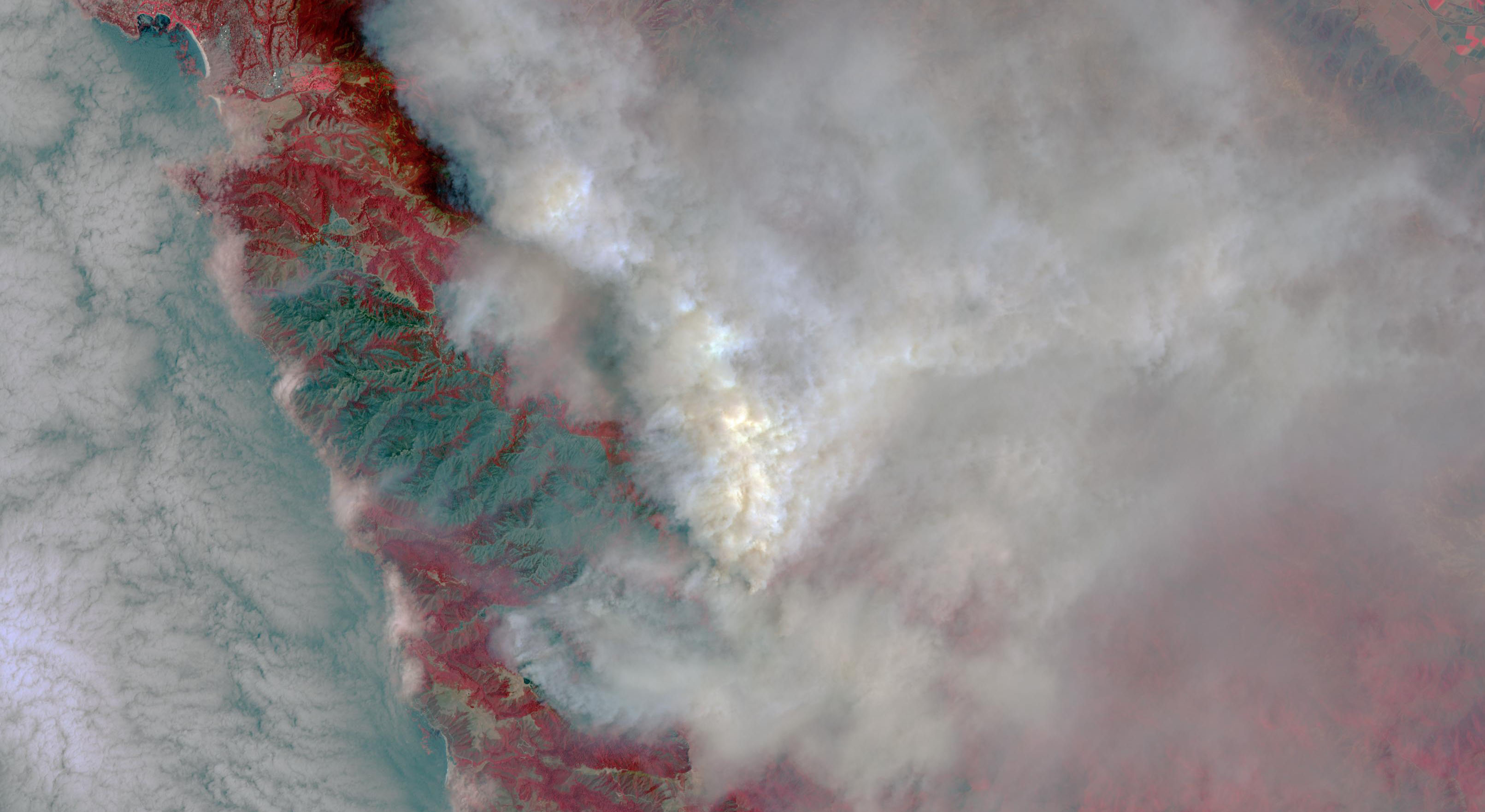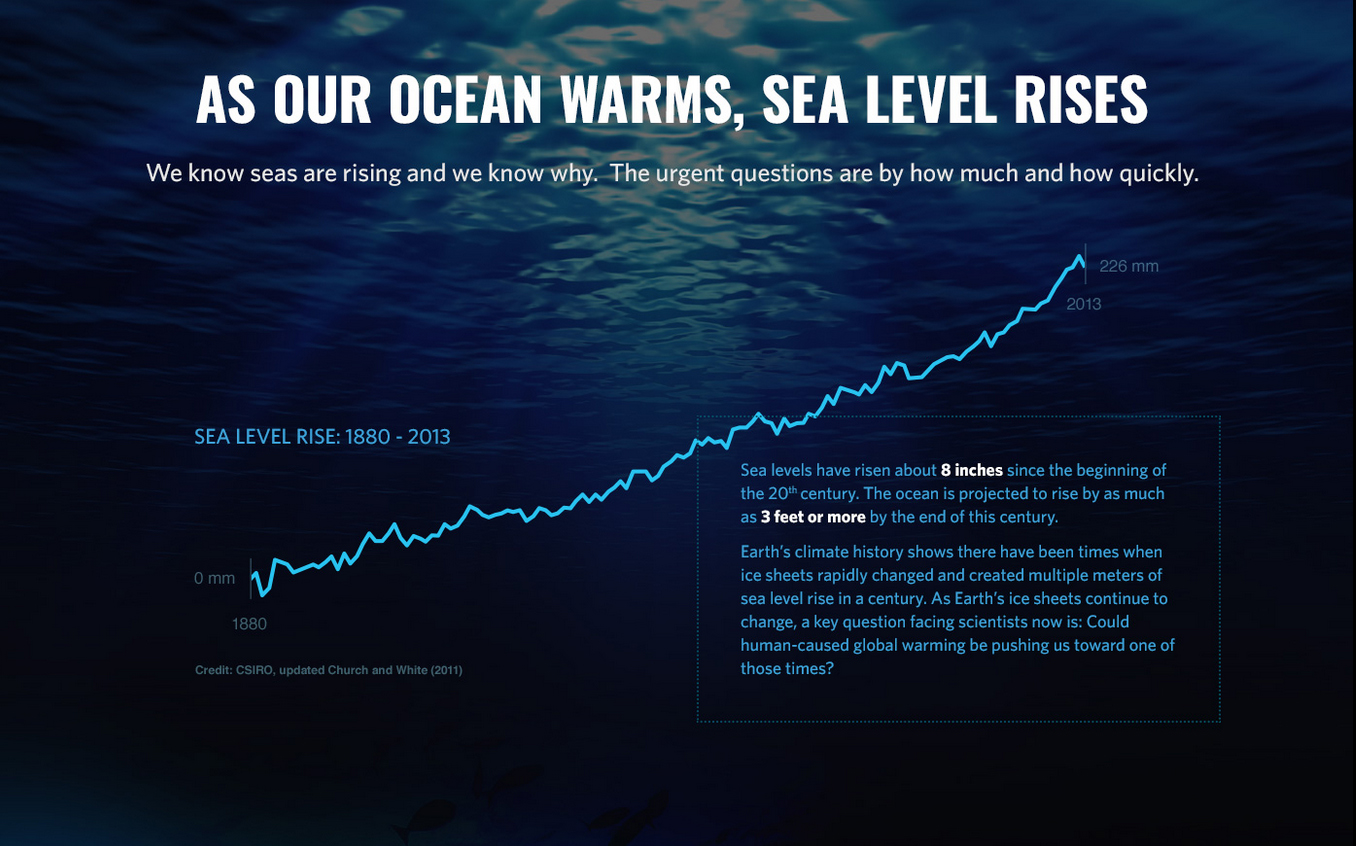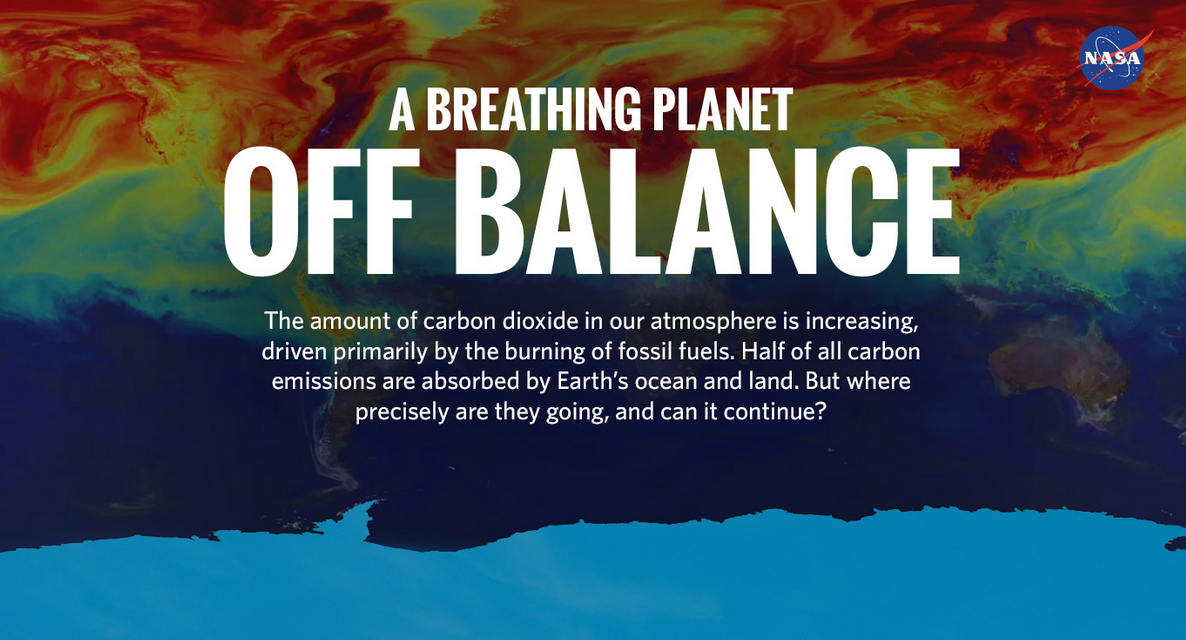Edu News | August 23, 2016
What We Did Over Your Summer Vacation
This summer, while many of us were sleeping in and avoiding heavy school work, lots of exciting things were happening in and around our solar system! Here's a guide to launching the 2016 school year right and turning those stellar events into educational connections from NASA.
Science on Fire

Here at home, on Earth, it is fire season in many places in the Northern Hemisphere. Fire season comes about with warmer temperatures, dry air, and dry brush. Once a fire gets started in these conditions, it can rapidly spread and become out of control, especially when high winds are involved. This summer has already witnessed some dangerous fires including the Sand Fire in Southern California and the Soberanes Fire near Big Sur on the Central California coast. Beyond the immediate threat from flames, smoke degrades air quality and burn scars leave hillsides vulnerable to rain-induced mudslides.
NASA satellites and airborne instruments are helping scientists better understand wildfires and their impacts on our changing climate. And in the immediate term, they are helping firefighters track wildfires and respond to people and structures in risk areas.
Check out JPL's latest Teachable Moment to find out more about how scientists are studying wildfires, what they're learning and why it's important. And get links to two new lessons for students in grades 3-12 that have students use NASA data, algebra and geometry to approximate burn areas, fire-spread rate and fire intensity. (You can also go straight to the new lessons at: Fired Up Over Math: Studying Wildfires from Space and Pixels on Fire)
And speaking of Earth science, find out how you can get a free bulletin board featuring posters and lithographs about NASA Earth science and missions for your classroom!
Greetings from Jupiter
On July 4, just in time for a fireworks spectacle, the Juno spacecraft went into orbit around Jupiter. Juno launched from Earth aboard a huge rocket and had been hurtling toward Jupiter for nearly five years. Getting into orbit around Jupiter was a real nail-biter here at NASA's Jet Propulsion Laboratory (which helps manage the mission) and we are all very happy everything went as planned. Juno’s mission is to study the origin, core and magnetic fields of our solar system’s largest planet. Juno will orbit Jupiter for only about 20 months before Jupiter’s intense radiation environment takes a toll on the spacecraft.
Communicating with a spacecraft as far away as Juno is a challenge that involves a lot of planning and teamwork. Try out this new lesson for young learners that demonstrates this process and provides practice with number concepts, counting and geometry, and data collection in a concrete, active manner.
Wish you had your very own Juno spacecraft you could use to uncover secrets beneath Jupiter? Check out this easy-to-build Juno model that uses household objects and can be used in a game with friends and family!
Explore more about Juno with these related lessons and videos:
Edu News | August 23, 2016
Free Earth Science Bulletin Board for Educators
UPDATE - Sept. 13, 2016: Our Earth Science Bulletin Board materials are out of stock. To download and print out the resources, click on the links next to each product.
Climate change is a hot topic and one that's become a key part of science education. Introduce students to NASA's climate-science research and Earth satellites with this free bulletin board from the Educator Resource Center at NASA's Jet Propulsion Laboratory. The set of posters, lithographs and stickers helps visually engage students while teaching them about topics such as sea-level rise, clouds and greenhouse gases. Note:Materials are available on a first-come-first-served basis.
The Earth Science Bulletin Board includes:

This poster describes the science behind sea-level rise, who's affected and what NASA is doing to help.

Earth's Carbon is Off Balance Mini Poster
See what NASA scientists are doing to understand if our land and ocean can continue to absorb carbon dioxide at the current rate – and for how long.

Get fun facts about Earth science on this two-sided lithograph featuring a stunning image of our home planet.

This poster illustrates how NASA satellites study clouds from space.
Additional materials may include rulers, stickers and lithographs featuring NASA Earth science missions.





